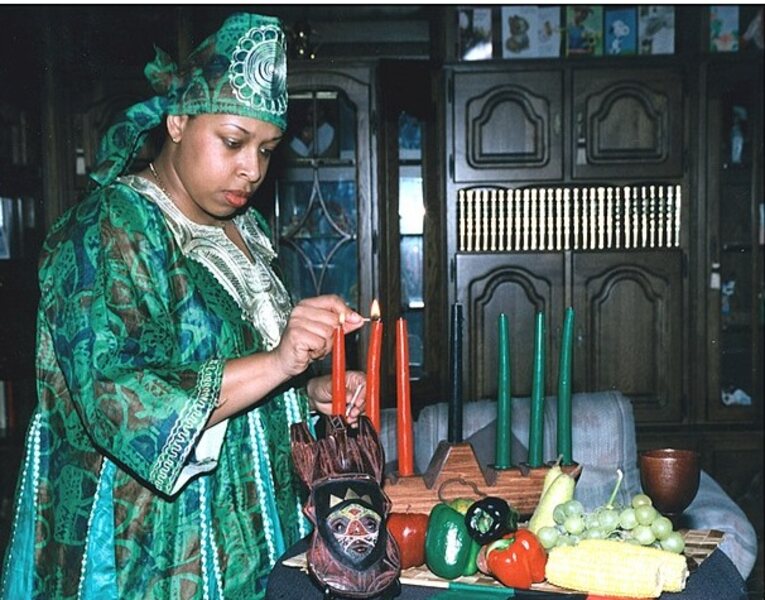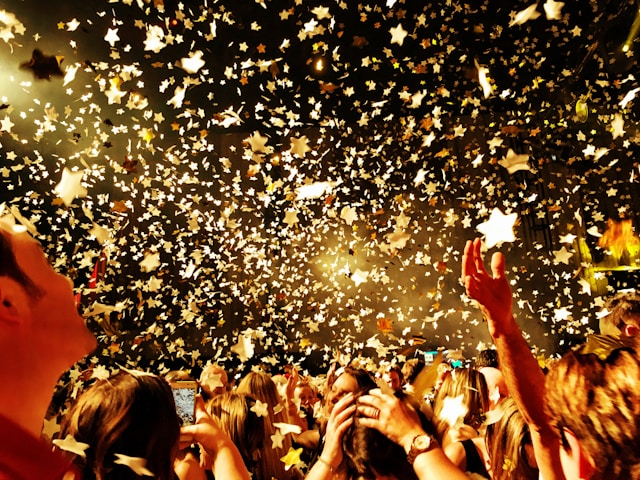7 Guiding Principles and 7 Symbolic Symbols of Kwanzaa

Each year, millions of African-American and Pan-African communities Celebrate Kwanzaa from the 26th of December through the 1st of January. This seven-day Celebration is not associated with any particular religion; instead, this holiday is a celebration to honor African history and traditions, at the same time unite African-American and Pan-African communities.
Dr. Maulana Karenga, a professor of African studies at California State University, created Kwanzaa in 1966 to strengthen and unite the African American community in the wake of the tragic Watts Rebellion.
According to Dr. Karenga, the idea behind Kwanzaa is inspired by the South African first fruits celebrations, and the name Kwanzaa is derived from the Swahili phrase matunda ya kwanza, which means "first fruits." It is also important to note that Dr. Karenga intended the name Kwanzaa to be spelled with an extra “a,” so that the name would have the symbolic seven letters.
The ideas and themes behind the seven-day Kwanzaa celebration are rooted in Swahili. And each day of the cultural event is centered around one of its seven principles , which at the same time highlights important values of African culture.

-3 red candles represent the struggle
-3 green candles represent the environment and a hopeful future
-1 black candle presents the people of African descent
The seven guiding principles of Kwanzaa are known as Nguza Saba.
Dr. Karenga developed the seven Kwanzaa principles (written in Swahili and English) to honor African traditional family values and reconnect Black Americans to their African heritage.
1.Umoja or Unity
To stay united in the family, community, and nation
2.Kujichagulia or Self-determination
To define ourselves, name ourselves, create for ourselves and speak for ourselves
3.Ujima or Collective Work and Responsibility
To build and maintain our community together and make our community’s problems our problems and to solve them together
4.Ujamaa or Cooperative Economics
To create and maintain African-American owned businesses and to profit from them together5.Nia or Purpose
To make our collective vocation the building and developing of our community in order to restore our people to their traditional greatness6.Kuumba or Creativity
To do always as much as we can to leave our community more beautiful and beneficial than we inherited it7.Imani or Faith
To believe with all our hearts in our people and the righteousness and victory of our struggleThere are seven core symbols gathered and used during Kwanzaa rituals.
Each of the primary symbols of Kwanzaa serves as a symbol of the African history that helped shape the culture and customs that are found throughout Africa and the African diaspora.
1.Kikombe cha umoja or the Unity cup
Represents the unity of the family and the community2.Kinara or Candleholder
Represents the African ancestors that hold the family and community3.Mishumaa saba or the 7 candles
Represents the seven principles and values of Kwanzaa;4.Mazao or the Crops
Represents the fruits and the crops of African harvest, recognizing productive and collective hard work5.Muhindi or the Corn
Represents the children and the future generation6.Zawadi or Gifts
Represents the labor and love of the family and the community7.Mkeka or a Kwanzaa mat
Represents the history, tradition, and foundation on which everything is based upon


